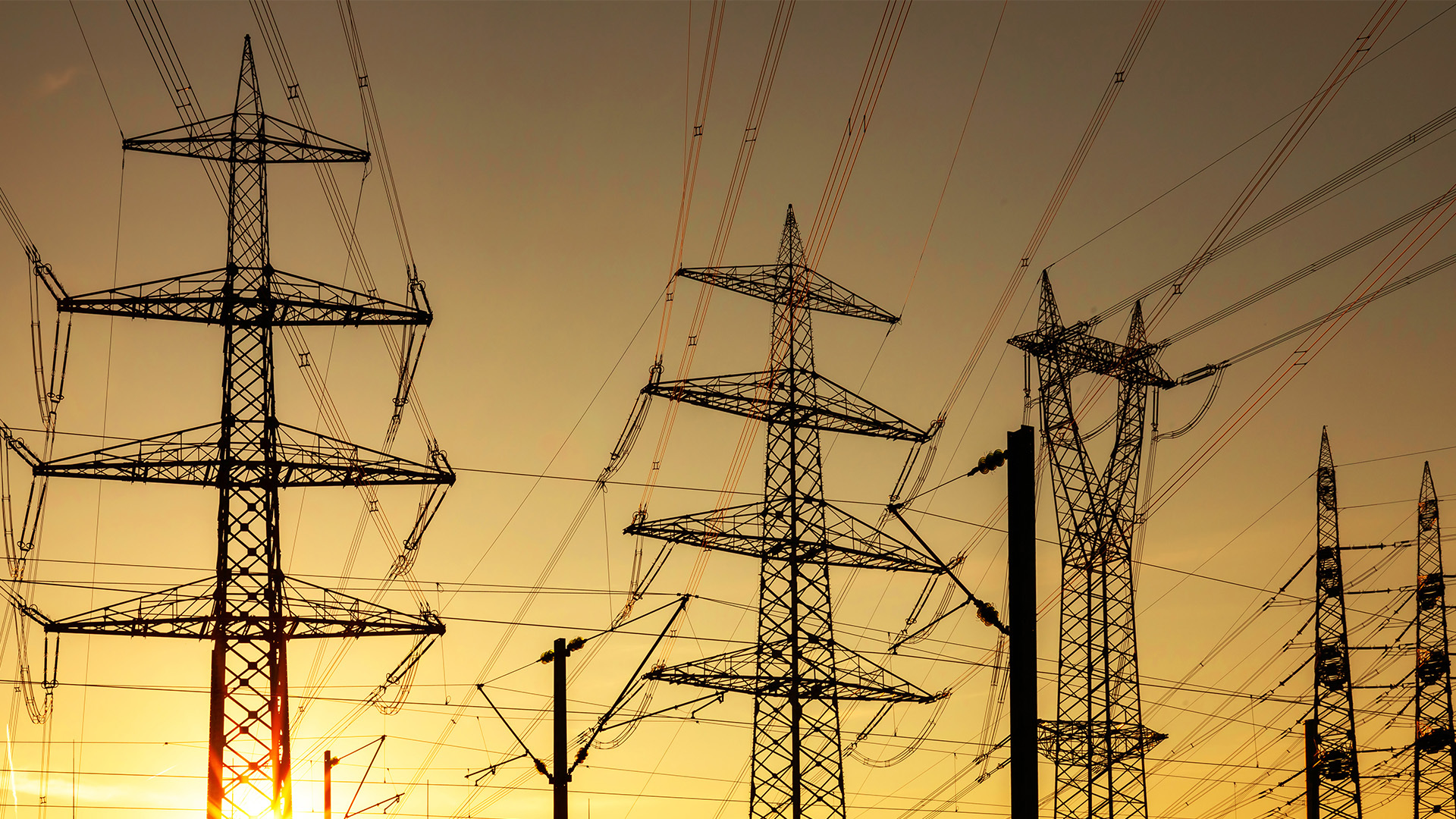
THE ARTIFICIAL INTELLIGENCE BOOM IS FUELING THE RAPID GROWTH OF DATA CENTERS ACROSS THE UNITED STATES.
BUT, THIS EXPANSION IS PLACING SIGNIFICANT STRAIN ON THE NATION’S POWER GRID, RAISING CONCERNS ABOUT ELECTRICITY SHORTAGES AND TRANSMISSION CAPACITY.
THE ENERGY REQUIREMENTS OF THESE DATA CENTERS ARE EXPECTED TO ACCOUNT FOR NEARLY 9% OF U.S. ELECTRICITY CONSUMPTION BY 20-30.
ALREADY IN SIX STATES THOSE ENERGY DEMANDS TAKE UP OVER 10 PERCENT OF TOTAL POWER CONSUMPTION-
VIRGINIA IS THE NATIONAL LEADER, WITH MORE THAN A QUARTER OF ITS ELECTRICITY GOING TOWARDS POWERING DATA CENTERS.
ELECTRICITY REQUESTS FROM NEW FACILITIES CAN BE EQUIVALENT TO MORE ENERGY THAN WHAT’S NEEDED FOR THE ENTIRE CITY OF SAN FRANCISCO.
AND IN OHIO THEY’RE ANTICIPATING AN INCREASE OF THREE NEW YORK CITIES WORTH OF POWER FROM DATA CENTERS LOOKING TO COME ONLINE AFTER 20-28.
THIS SURGE IN DEMAND HAS FORCED SOME UTILITIES TO PAUSE CONNECTIONS TO THE GRID SO THEY CAN FIRST ASSESS CAPACITY.
THE GROWING COMPETITION FOR ELECTRICITY IS CREATING BOTTLENECKS, WITH COMPANIES WAITING YEARS TO SECURE THE POWER THEY NEED.
SOME ENERGY PROVIDERS ARE NOW CONSIDERING PRICE INCREASES AND LONG-TERM CONTRACTS TO FUND GRID EXPANSIONS AND ENSURE RELIABLE ENERGY SUPPLY.
AS AI CONTINUES TO GROW, EXPERTS WARN THAT WITHOUT SIGNIFICANT INVESTMENT IN GRID UPGRADES, THESE CHALLENGES WILL PERSIST, POSSIBLY LEADING TO HIGHER COSTS FOR BOTH TECH FIRMS AND EVERYDAY CONSUMERS.
FOR STRAIGHT ARROW NEWS – I’M JACK AYLMER.











